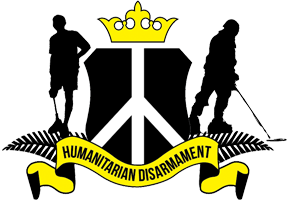The host and conveners of the 2016 Humanitarian Disarmament Forum
Five years on, the umbrella term “humanitarian disarmament” is still the appropriate title for the small community of non-governmental organizations (NGOs) and civil society groups working to protect civilians and humanity from the harmful effects of indiscriminate weapons and armed violence. This was […]

